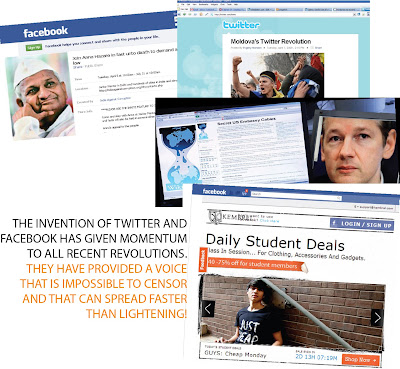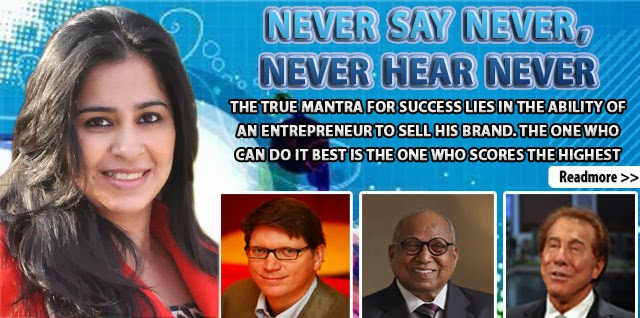BOLLYWOOD, HOLLYWOOD AND BRANDS
Amitabh Bachchan made his debut in Hollywood with a small but well portrayed role in the film The Great Gatsby. If you have seen the film you too would have been mesmerized by the grandeur of it, but if you have seen it from a marketer’s point of view you would notice how intelligently the film has been made to include well-known brands. It’s actually overflowing with premium products. The top international designers Miu Miu and Prada for the movie designed more than 40 different cocktail gowns. Brooks Brothers designed the lead actor Leonardo Di- Caprio’s clothes. Moët & Chandon provided the champagne used in the film. The top-notch jewellery designer Tiffany & Co. created the jewellery.
However, this time it has been done differently. There may be no obvious close up shots that the brands need to depend on to be noticed in the film. This time the brands ‘invested’ in the movie too. Which implies that they have specially created products for the film and in their advertising and branding strategies would highlight this fact. Since these are all limited edition pieces the brands have a lot to benefit. Tiffany & Co., for example, has already got a list of clients who would want to buy these pieces as a ‘keepsakes’ since the designs are from an era long gone and a lot of people are there who would love to own something from that era.
Brooks Brothers have launched their own “The Gatsby Collection” which has suits inspired by the fashion of the 1920s. The brands in question will promote these new collections in their advertisements, which will benefit not just them but the movie too.
So in-film branding has now taken a different turn. Instead of a brand just putting its existing product in the movie now the trend is of brands customising their wares and even investing and creating products exclusively for the film. Brands are now co-investors in the films.
DOES IT WORK?
The latest James Bond film, Skyfall was produced at a cost of $200 million. Advertisers who wanted their brands to appear in the film along with Bond covered much of it. Traditionally Bond is supposed to drink a vodka martini ‘shaken not stirred’, but in Skyfall he drinks Heineken beer. $45 million is what it cost Heineken to replace the martini.
Bond is the ultimate brand ambassador. No wonder brands do not hesitate to spend millions to be a part of this exclusive club. Coke Zero, which features in the new Bond film, too, made an advertisement to drive home the fact that it was Bond’s favoured drink. The campaign was called “Unlock the 007 in you”. The campaign shows an interactive vending machine in a train station that challenges commuters to reach a particular spot in 70 seconds and win tickets for the Bond film. To make the task a little difficult and make the film a little more entertaining the customers who took up the challenge were stopped by carefully planted obstacles in the form of a beautiful woman in red calling out their name to a cart of oranges spilling in their path to falling suitcases etc. The campaign was a hit on YouTube and got more than 10 million views.
Back in Bollywood, product placement went a step further with the central character of the film being a brand. Yes you got it, the Yash Raj Films (YRF) produced Mere Dad Ki Maruti where Maruti Ertiga was the main character and the film revolved around it. Maruti in return bought 50,000 music CDs of the film to be given away to all its customers making the film’s music a platinum success! YRF in turn made 5 music videos featuring the car and ran it across 20 music channels. This just goes on to prove that in-film branding has taken a whole new form. Today, brands are almost equal stakeholders as the production house itself. It seems this arrangement seems to work for both and benefit both the parties.
DOES IT ALWAYS WORK?
In the film Delhi Belly Imran Khan is gifted a red car which looks like the Santro. One of his friends comments “When a donkey f***s a rickshaw this is what you get”. Even though the car had no branding yet the company Hyundai did not take it well and demanded that the derogatory reference be removed.
Reebok paid $1.5 million for product placement in the film Jerry Maguire. However, all through the film Rod Tidwell (played by Cuba Gooding Jr.) kept rebuking Reebok for ignoring him and not sponsoring him. The company was promised a totally different deal. They were told that in the end the player would get a sponsorship deal from Reebok, but it never happened.
In the movie Transformers, one of the characters transforms into a Mountain Dew vending machine, a rather evil one, which kills people by shooting out soda, cans. It could make a few people think twice before going too near one! Product placement is fine, but you need to be very careful that the brand is shown in the right situations doing the right stuff. Something that Budweiser did not find itself in, in the film Flight starring Denzel Washington. There is a scene in the film where the alcoholic Whip Whitaker (played by Denzel Washington) opens a can of Budweiser while sitting behind the wheel of a passenger jet as he attempts to land it safely. The company asked the Paramount Pictures to remove their logo and make it obscure. This is not what they would want people to associate their brand with.
In the film Hangover 2 one of the characters is seen sporting a fake Louis Vuitton bag and in one of the scenes he remarks “Careful that is a Louis Vuitton”. Even though he misprounces the name the company has not taken it very sportingly and has sued the makers Warner Bros on grounds of trademark dilution, unfair competition etc. A company called Diophy, which specializes in fakes, creates the fakes used in the film!
IT WORKS !
All this just goes on to prove that in-film branding works, or else brands would not invest so much in both making sure that they are seen in the right films as well as making sure they are not seen in the wrong films.
Nokia paid a staggering 30 million pounds to make Superman use its phone in the film Man of Steel. An astounding 94 product placement deals were made for the film raking in 100 million pounds for the producer Warner Bros.
It is so powerful that China is using this to change its country’s image. Last year a new agreement was signed between China and US concerning product placement. The agreement is between Dreamworks Animation Studio and China for setting up a joint venture in- Shanghai. This deal would give China access to films produced in America . The movie Transformers: Dark of the Moon premiered in Shanghai and became a huge hit. However, the more important part is that the movie featured some of the Chinese homegrown brands like Lenovo, Yili Milk, TCL etc. Add to this the fact that after the US the most profitable market for the film was China. It seems to be the perfect case of ‘winwin’ for both the players. China has long been known as the manufacturing hub of the world but it now wants more. It wants to be known as the nation of great brands, for this will give it the image it so desperately desires. China is turning to films to change the image of its brands and give them that ‘worldclass’ touch. In-film branding gives brands a unique aura. Add to that the thrills of having a captive audience for 2 to 3 hours (at a time when technology has reduced attention span of customers like crazy). All of these factors go on to make in-film product placements a huge opportunity for marketers. So even though cinema goers may not really take it well that Superman – the man of steel – uses Gilette to shave, drinks Budweiser, throws around only Chrysler cars, or wears spectacles by Warby Parker, the fact is you and I are talking about it and that is what the brands want!
So while some may criticize it but the fact remains that in-film branding works, always. Right from the time when the first brand Hershey’s chocolate was featured in the silent film Wings in1927 till date it does create an impact. Be it the Hyundai Santro in Phir Bhi Dil Hai Hindustani, or in Delhi Belly or Bournvita in Koi Mil Gaya, or Coke in Taal, or Thums Up in Hum Aapke Hai Kaun, or Switzerland in Silsila or South Africa in Cocktail, everybody has benefitted from the association. Be rest assured that this is one branding technique that will never fade. Brands and Bollywood, Hollywood and all other woods will always be best friends forever!






Comments
Post a Comment